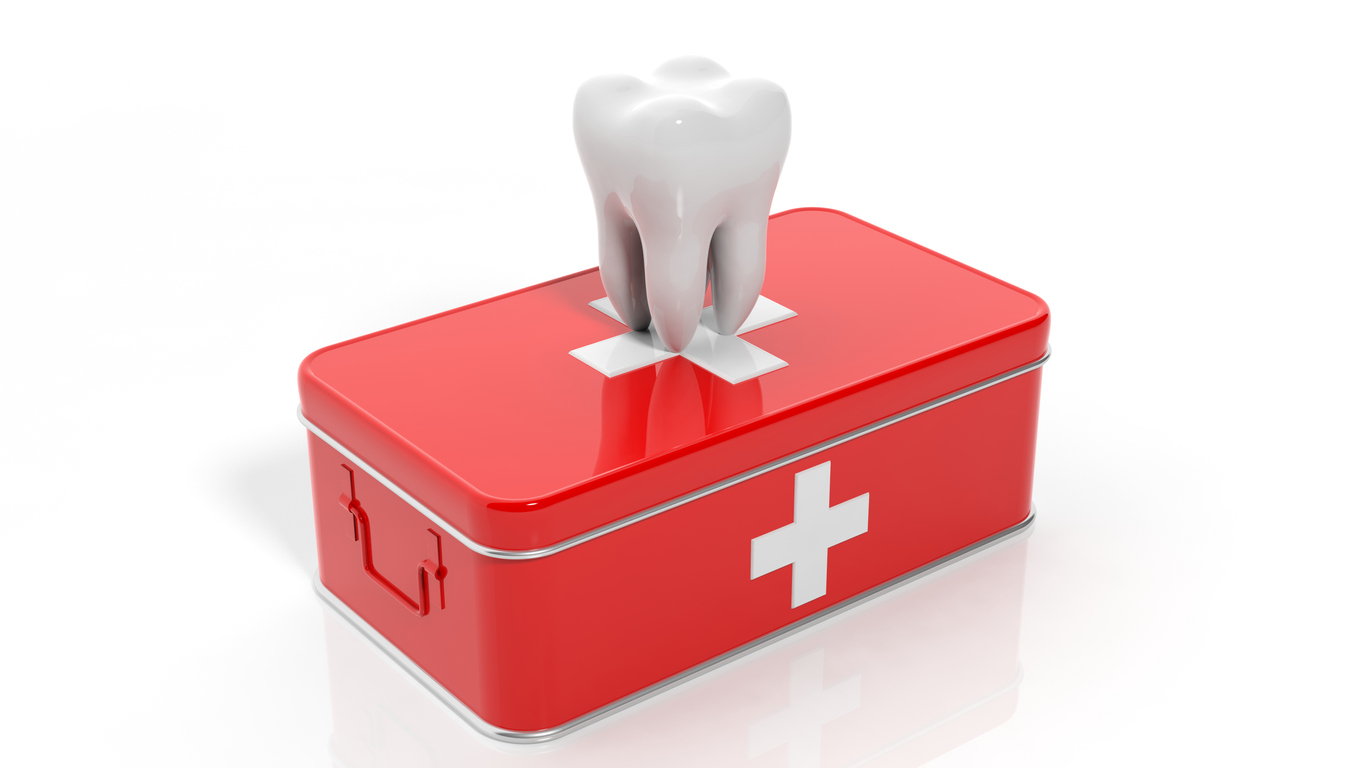Living with Chronic Pain
Chronic Pain Conditions a Dentist Can Help Treat

Chronic pain can present in all areas of the body, including in and around the mouth. While most times, a physician would be best suited to treat chronic pain conditions, there are many disorders that should be addressed by a dentist.
Temporomandibular joint (TMJ) disorders
The temporomandibular joint (TMJ) joins the lower jaw to the skull; it is located in front of each ear on both sides of the head. It acts as a hinge and allows the jaw to open and close and move from side to side. TMJ is characterized by pain in the jaw as well as the nerves and muscles surrounding the jaw.
Symptoms of TMJ include locking of the jaw, a popping sound when opening and closing the mouth, headaches, jaw or ear pain, ringing in the ears, etc. A dentist may prescribe pain medication or muscle relaxants to help with the discomfort, or recommend wearing a mouth guard or oral splint.
Referred pain
Pain originating in other body parts can manifest as a toothache. For example, the masseter muscle (a major muscle used for chewing) can trigger pain in a mandibular molar (six molars in the lower arch). A dentist may be able to diagnose this issue by pressing along the jawline where the trigger points of the masseter muscle are located.
Phantom tooth syndrome
Dentists will sometimes remove a tooth or perform a “pulpectomy.” A pulpectomy is the removal of the soft inner tissue of the tooth, including nerves, connective tissue, and blood vessels. Occasionally, this procedure will cause “phantom tooth syndrome.” This is a type of neuropathic pain that results from the pain transmission routes becoming confused during recovery. A dentist may treat this neuropathic pain with medications to suppress nerve activity.
Periodontitis
Also called “gum disease,” periodontitis can cause pain in the gums and/or teeth. If left untreated, this condition can cause tooth decay and other complications. A dentist can help in the prevention and treatment of gum disease.
Tooth decay
Tooth decay, more commonly known as “cavities,” can cause long-term pain, especially if left untreated. A dentist will be able to help in the prevention and treatment of cavities, including fluoride treatments, fillings, root canals, and tooth extractions.
Bruxism
Bruxism is a condition that is characterized by unconsciously grinding or clenching the teeth. Oftentimes, individuals do not realize this is occurring until a different problem arises. It can happen during sleep or daytime hours. A dentist can address issues associated with bruxism, including tooth wear, erosion of the enamel, and cracked, chipped, or sensitive teeth. They can also recommend an appropriate mouth guard.
Dry mouth
Dry mouth, or xerostomia, is an uncomfortable condition in which the salivary glands in the mouth do not produce enough saliva. Saliva washes away food particles, neutralizes acids produced by bacteria, and limits bacterial growth. Lack of saliva can lead to bad breath, dry throat, dry mouth, chapped lips, tooth decay, and gum disease. Certain mouthwashes, artificial saliva, and medications can be prescribed or recommended by a dentist to relieve symptoms.
Burning mouth syndrome
Burning mouth syndrome is characterized by a burning sensation in the mouth that is not explained by another condition. Typically, the burning sensation is present on the tongue, but may also impact saliva production and taste perception. A dentist can diagnose and treat this condition and the symptoms associated with it.
Glossopharyngeal neuralgia
Although rare, glossopharyngeal neuralgia is a type of neuropathic pain that can be felt deep within the ear canal and in the back of the tongue and throat. The glossopharyngeal nerve is located deep within the neck. A dentist may be able to help in the diagnosis and treatment of this disorder.


















